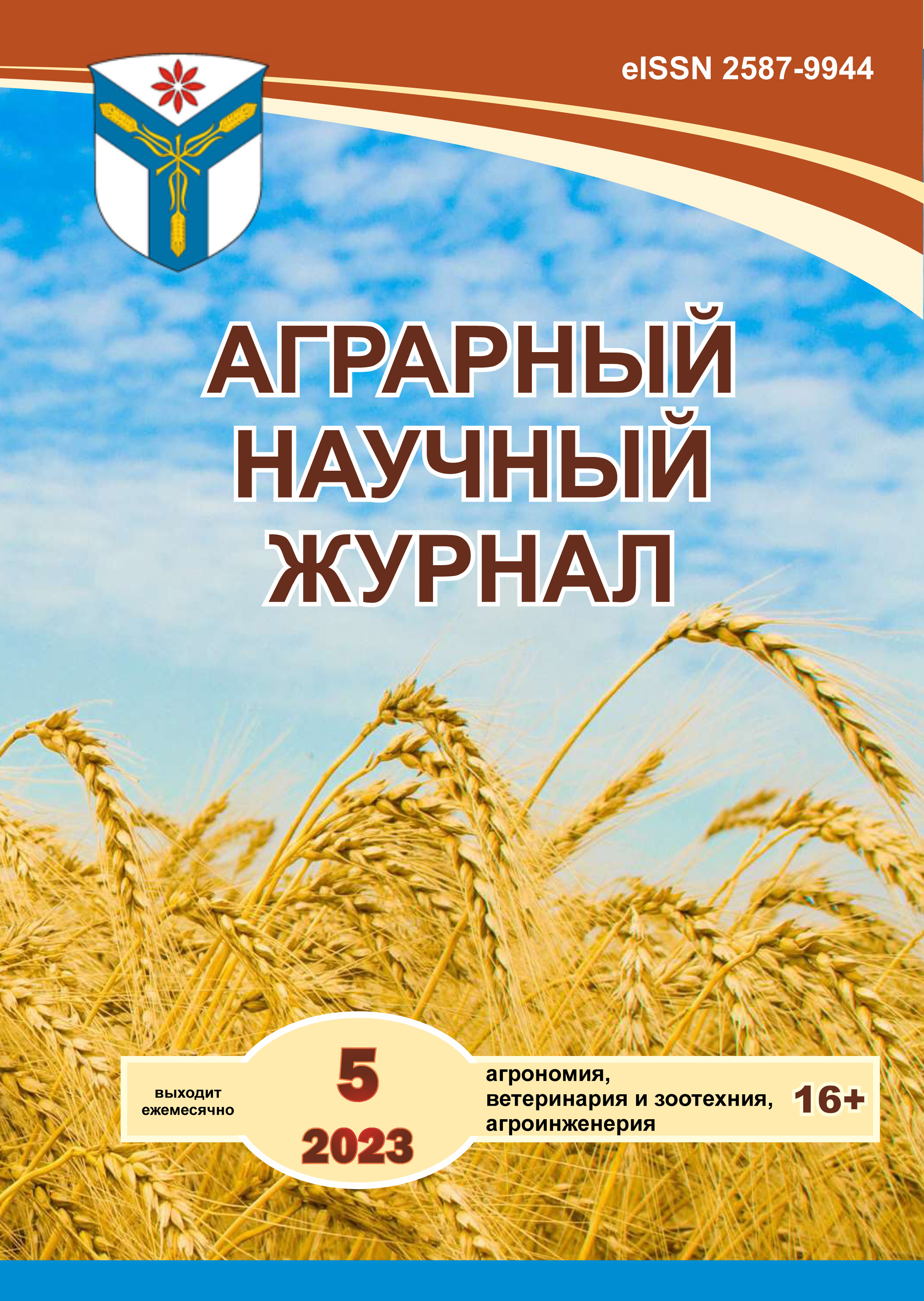Development of the technological process of preserving sheepskins with a new salting composition
DOI:
https://doi.org/10.28983/asj.y2023i5pp100-105Keywords:
sheepskin, preservative, antiseptic, salting composition, canning process, canning parametersAbstract
The article presents the results of studies of the whey-salt method of preserving sheepskin raw materials. The peculiarity of this method is that the use of table salt in the preservative composition is reduced due to the use of whey; the duration of the skin processing process is reduced by 1.5-2.0 times compared to the traditional method, the canning process is reduced from 8 to 4 hours, the drying process is reduced from 72 to 48-50 hours. The use of this method of processing sheepskins makes it possible to reduce the cost of the canning process, reduce the pollution of wastewater from enterprises, and improve the quality of hides.
Downloads
References
Абдуллин И. Ш. Основы технологии переработки кожи и меха. М.: БИБКОМ, 2012. 118 с.
Ekebayramoglu E. Research on the effects of TCMTB and N-OITZ based tungicides used in leather industry. Режим доступа: http.//www.cueronet.com.
Мадиев У. К. Новые технологии и материалы в кожевенной промышленности // Известия Кыргызского государственного технического университета им. И. Раззакова. 2015. № 3(36). С. 310-313.
Бактериологические методы исследований качества проведения санитарно-профилактических и санитарно-противоэпидемических мероприятий в медицинских организациях: метод. рекомендации Приказ Председателя Комитета по защите прав потребителей Министерства национальной экономики Республики Казахстан от 5 декабря 2016 года № 191-ОД // online.zakon.kz.
Мирошникова Е. П. Технохимический контроль и управление качеством производства мяса и мясопродуктов. Оренбург: БИБКОМ, 2016. 130 с.
Технология мяса и мясопродуктов / Л. Т. Алехина [и др.]; под ред. И. А. Рогова. М.: Агропромиздат, 1988. 576 с.
Шалбуев В. Д., Фалилеева О. Ю. Использование вторичных продуктов молочной промышленности в процессе переработки овчинно-шубного сырья // Известия вузов. Северо-Кавказский регион. Технические науки. 2007. № 5. С. 89–91.
Шалбуев В. Д. Экобиотехнологический способ пикелевания овчинно-шубного сырья // Кожевенно-обувная промышленность. 2009. № 1. С. 36–39.
Храмцов А. Г., Василин С. В. Промышленная переработка вторичного молочного сырья. М.: ДеЛи принт, 2003. 100 с.
Downloads
Published
Issue
Section
License
Copyright (c) 2023 The Agrarian Scientific Journal

This work is licensed under a Creative Commons Attribution-NonCommercial-NoDerivatives 4.0 International License.








